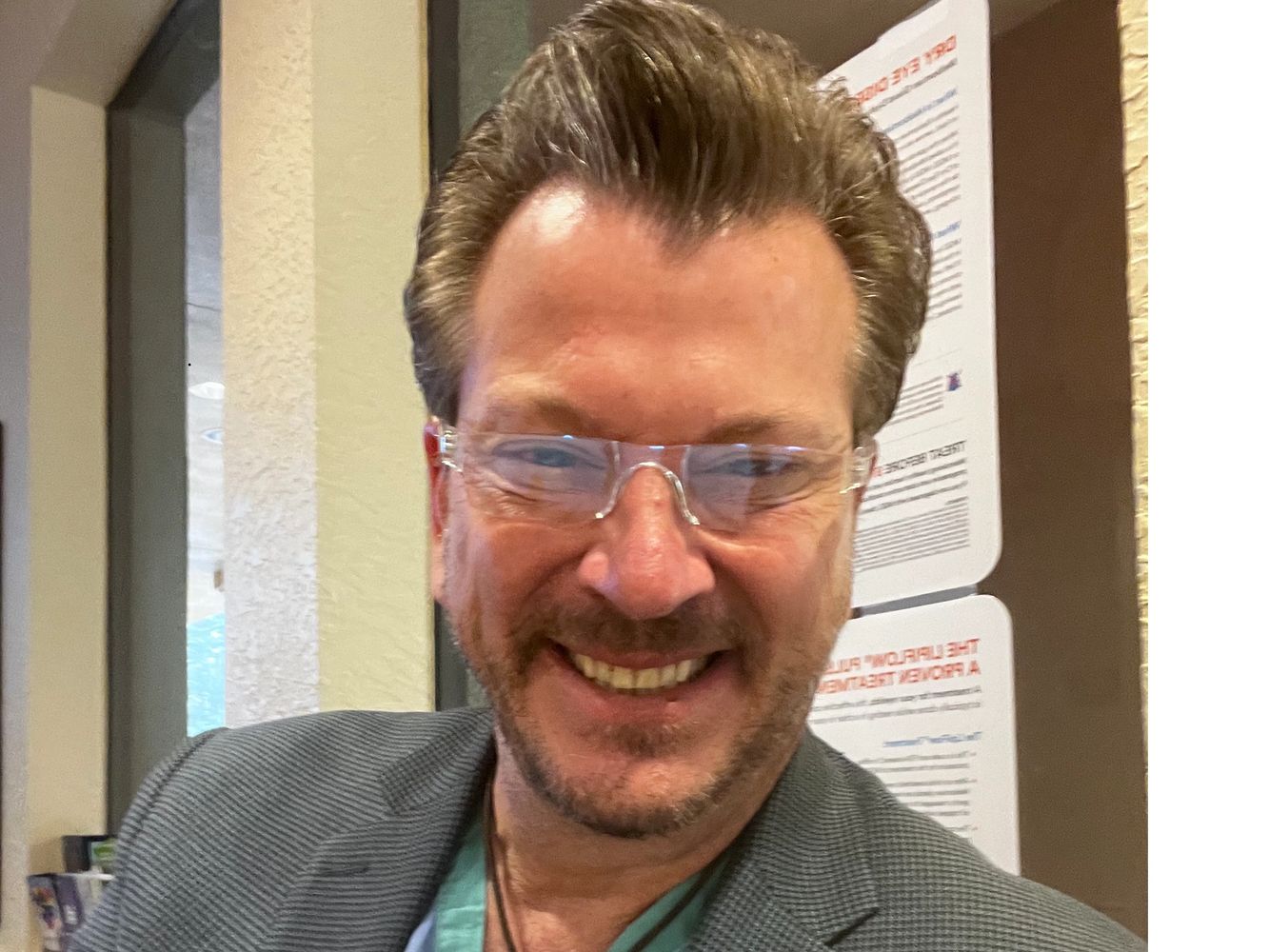
presents... The Unspoken Risk: Conquering Your Health & Contentment
Are more pills really the answer?
Wanting "healthier" to be the habit?
Still anxious and depressed?
Still struggling?
I can help

Are more pills really the answer?
Wanting "healthier" to be the habit?
Still anxious and depressed?
Still struggling?
I can help

• Over 73% of people over 20 years old are overweight or obese
• One out of five of us will die from heart
disease (697,000/year)
• One out of ten of us have diabetes
(37 million)
• One in four of us have arthritis (58.5 million)
• 16.9 million of us have cancer
• 1.9 million new cases of cancer expected
in 2022
• One out of seven of us have kidney disease
• 21 million of us will have a Major Depressive episode
• 6.8 million of us will have generalized anxiety disorder
• 50-60% of us will get divorced
• 40 million of us visit porn sites on a regular basis
• 60% of us drink alcohol

Excess body fat?
Arthritis?
Heart disease?
Diabetes?
Cancer risk?
Addiction?
Stress?
Fatigue?
Poor sleep?
Depression?
Anxiety?
Financial hardship?
Work or managerial challenges?
Failed or troubled relationships?

Through my personal and professional experiences, as well as the knowledge I have acquired through my medical training, I created a program for myself that finally addressed and improved all of these.
And, it can work for you!

Whether we're most concerned with our physical health, our appearance, our lifestyle and habits, our work and finances, our relationships, or, are struggling to know and feel our purpose and feel trapped in depression, anxiety and despair, if we don't address and resolve The Unspoken Risk, chances are, we'll never fully reach our goals. We'll never live the life we thought we'd be living. And, if you look at your life now, chances are you already know this.
Regardless of what approach you prefer for your health care, be it traditional, natural, alternative, or complimentary, I invite you to discover the one building block that is required for any of these approaches to be truly successful.
I invite you to resolve The Unspoken Risk.
In doing so you will not only improve your physical health and contentment but more importantly learn how to truly LIVE YOUR VALUE one choice at a time!

"It's hard to be healthy if we're unhappy and equally hard to be happy if we're unhealthy."
Regardless of what facet of reality you are wanting the members of your organization to focus on - physical health, habits, or addiction, improved work environment, performance, or finances, relationships, or spirituality, Dr. Drew Huffman's presentation and plan of action discussed in his presentation entitled, The Unspoken Risk - Conquering Your Health & Contentment, can be applied to, and improve them all.

A comprehensive program that will not only address your unrealized wants and needs but more so, how these are affecting your current medical, emotional, and nutritional reality. We will work with you to create the life you actually want to be living - living your value one choice at a time.
In participating in the Live Your Value Mentorship program, you will work closely with myself and my collaborating team as we use a 5 step process to help you forge a new path for yourself and your future.
Wanting to learn how to consistently make the choices that will produce the reality you want, my team and I and can help you!

There are more and more of us who are wanting a more natural and wholistic approach to the physical and emotional challenges that face us.
Although I believe that traditional medical practices have their role, I know that the expectations we all have (of both our physical and emotional health) can never fully be meet without incorporating the principles of functional medicine into our daily routine. Functional medicine looks at our health holistically and incorporates how our current dietary habits, vitamin and mineral deficiencies, our exposure to toxins, and our level of activity impact our overall health and give rise to the challenges we face.
So, if you want an alternative approach, my team and I can help you!
We use cookies to analyze website traffic and optimize your website experience. By accepting our use of cookies, your data will be aggregated with all other user data.